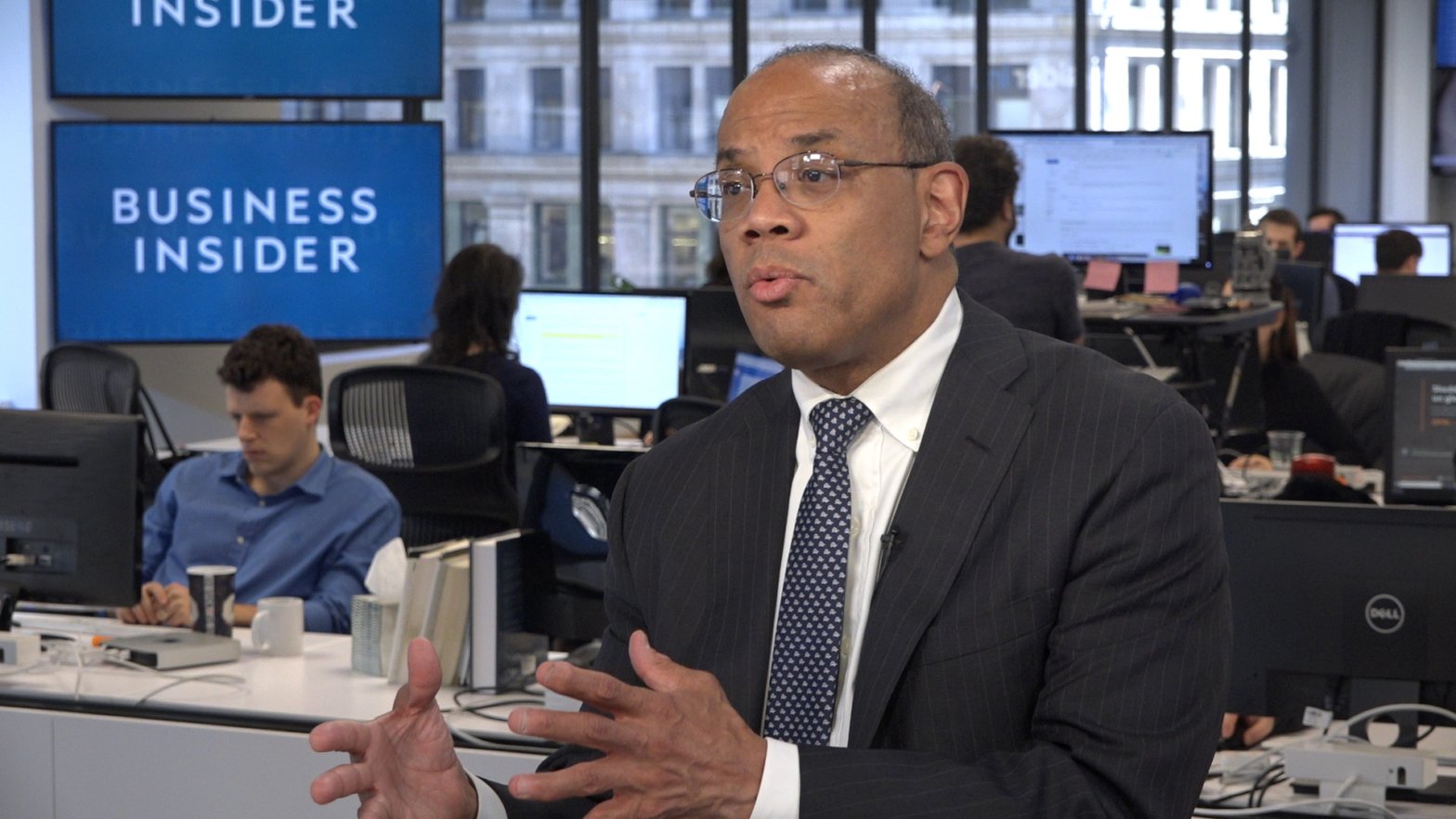Austin Hankwitz is challenging himself to build a $2 million portfolio in eight years. A big part of his retirement accounts holds Index funds. They are spread across overall exposure, technology, and growth stocks. Austin Hankwitz plans to have $2 million in his investment portfolio in the next eight years. At least, that’s what he’s aiming for.
The 27-year-old from Nashville, Tennessee, began his career as a financial analyst at a healthcare company but quickly took to TikTok to share investing tips during the pandemic lockdowns that started in 2020.
His videos consisted of short clips about his favorite stock picks and company news that could create great buying opportunities. Since 2020, he has grown his following to over 700,000 people.
While he still enjoys scouring the web and social media looking for stock picks, he realized that tracking individual companies takes a lot of work.
For this reason, one of his favorite investment vehicles is index funds — those that aim to mimic the returns of an index like the S&P 500 — or the funds that track them. He is using them to reach his seven-figure retirement goal, which he set out to achieve in December. At the time, he created a Substack post sharing his plan to begin allocating towards the goal in January so that his followers could track his progress.
So far, he has accumulated $47,400 in a brokerage account and another $72,774 in a retirement account, according to records viewed by Insider. The two accounts total $120,174, with $2,822 added before starting his challenge.
For the journey, Hankwitz set up two types of accounts: a regular brokerage account where he takes riskier bets and picks single stocks, and a retirement account that consists of a solo 401(k) that holds a Roth and after-tax account. In his retirement accounts, he’s heavily weighted towards indexes.
“I think index-fund investing is the best way the everyday retail investor can begin building wealth for the future — full stop, period,” Hankwitz said.
The main reason is that it’s a set-and-forget way to invest and gain exposure to some of the best US companies. It’s like watching paint dry, he added.
People get intimidated and frustrated because they don’t know enough about investing, he said. But index funds can take all the guesswork out of picking and choosing the winners. They expose an investor to diversification tax-efficiently because you don’t need to weave in and out of it as you may in a stock. The Index rebalances itself to keep the strongest performers on the list.
While past performance does not guarantee future results, you can review decades of returns to understand what gains you may expect.
“Sure, we have years that it’s much more than that. Year to date, it’s up 20%. Last year it was negative 22%,” Hankwitz said of the S&P 500’s performance. “So it does go up and down, but on average, it goes up about 12% per year,” Hankwitz said.
For this reason, he believes every investor should have exposure to the flagship index, especially in a retirement account.
His top 3 favorite index funds A majority of his retirement account sits in index funds. One of his top holdings is the Vanguard 500 Index Fund ETF (VOO), which tracks the S&P 500. The index is a basket of 500 of the largest and most profitable companies across 11 US sectors, which is exciting, Hankwitz said. As of Friday, it was trading at around $416.03, with a year-to-date gain of 18.87%.
Companies in the fund are re-balanced quarterly to meet the index’s requirements, which include a minimum market cap of $14.5 billion or more and positive returns of its previous four quarters.
The second index he holds that is tied in ranking is the Vanguard Information Technology Index Fund ETF (VGT). This fund has 322 stocks and gives him more targeted exposure to big technology names like Apple (AAPL), making up the most significant holding at 23.2%, followed by Microsoft (MSFT) at 20.7%. It also has names like Nvidia (NVDA) and Broadcom (AVGO), up 217.24% and 60.89% year to date, respectively.
“By investing into VGT and having that in my retirement portfolio, I am able to see the upside potential in this big-tech movement that we’ve seen over the last 10, 15, 20 years,” Hankwitz said.
The 10-year total return on VGT as of August 3 was 518.53% compared to the S&P 500, which had returned about 163% for the same period.
Finally, his third-largest holding is the Vanguard Growth Index Fund ETF (VUG). This fund gives him access to growth stocks of large-cap companies across different sectors.
“A growth stock, long story short, is a company that is growing revenue by double digits every single year,” Hankwitz said. “And to me, I think it’s important to have some exposure to that, especially since I’m younger and since this is in my retirement portfolio, which means I won’t be able to touch it until I’m 59 and a half. I’ve got decades to withstand the volatility that might come with these growth stocks.”
He believes it’s important to have this fund because the growth aspect of a portfolio will help push the capital appreciation further, he said. The 10-year total return on this fund was 279.31% as of August 3.
